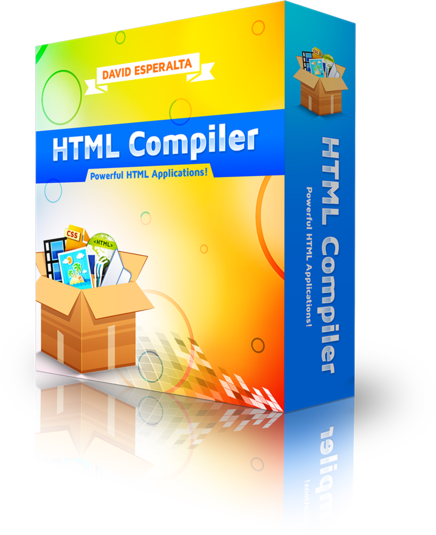

- #FREE ONLINE HTML COMPILER FOR FREE#
- #FREE ONLINE HTML COMPILER UPDATE#
- #FREE ONLINE HTML COMPILER CODE#
- #FREE ONLINE HTML COMPILER TRIAL#
- #FREE ONLINE HTML COMPILER PC#
VariablesĪ variable, as in algebra, is a symbol that stands in for something else. But pulling together a bunch of static files will only take you so far variables are what give you scale. Include statements let you pull your files together, which is critical for sharing common elements. It’s just a straight replace-in the final HTML file, the include statement will be gone and replaced by whatever HTML is in _bio.kit. That line pulls in the biography in wherever the include statement is.
#FREE ONLINE HTML COMPILER CODE#
Then I’d include the following line of code at the end of each of my books’. For example, if you wanted to include your author biography at the end of your books, you could write it (as HTML) in a file called _bio.kit. Include (or import) statements allow you to bring one kit file into another when compiling. They don’t display in any browser they’re intended to be compiled into final HTM files.īut beyond HTML, the Kit language has two features that make all the difference: include statements (or import statements), and variables. The Kit language was developed by the makers of Codekit to help developers compile HTML. Any compiler will work, provided it can compile the open-source Kit language. If you’re more code-savvy than I and comfortable using a console, you can even compile them using node.js, which is free.
#FREE ONLINE HTML COMPILER TRIAL#
Either one has a free trial and a price tag beneath $35.
#FREE ONLINE HTML COMPILER PC#
If you’re on a PC or Linux, I’ve read that Prepos is a good substitution.

If you’re on a Mac, I recommend you use CodeKit. There are a number of HTML compilers you can use. Because all of those books use the same file for my biography when I compile my ebooks, I can change my biography in all of those books by changing that one piece. All of my ebooks compile using the same author biography. However, once you have many files that use the same pieces, you’re gaining efficiencies. I’ve been using an HTML compiler to do exactly that: it compiles an HTML file from many source files. None of the source files are altered or deleted during the process of compiling, but they all affect the final compiled file.ĭividing one file into many pieces doesn’t save much time in and of itself. To compile means to produce something by collecting information from other sources. There’s a computer science definition for compiling, but for creating ebooks, the more common definition of “compile” is more useful. In simplest terms, it’s a program that compiles code. Besides, if you can learn all of the convoluted hoops you have to get your Word document through to get it ready for Smashwords or Amazon, you can learn HTML.īut beyond that, there’s a new reason to use HTML for ebook formatting: you can compile HTML files using a compiler and the Kit language.
#FREE ONLINE HTML COMPILER FOR FREE#
Learning it can be a bit of a curve, but there are excellent guides available for free online, and even more detail in books like Guido Henkel’s Zen of Ebook Formatting. It gives you the best control over the formatting, and it ensures that your ebook editor isn’t injecting a bunch of useless or nonsensical code into your books (I’m looking at you, Microsoft Word). If you’re an independent author, I think HTML is the best way to format and maintain you ebook catalog. And it didn’t require expensive software. So instead, I opened one file, made the change once, and automatically updated fifteen different files in just under twenty seconds. It’s a simple change, but it can still take 10 minutes to open fifteen different files, paste a line of code in the right spot, and save them out.
#FREE ONLINE HTML COMPILER UPDATE#
Every time you want to edit your author bio, add a book to the back matter, or update your newsletter invitation, you have to open, update, and save 15 different files.Ĭase in point, a while ago I wanted to add the new logo for Gnomish Press to the front of all of my ebooks. However, if you have three books available on five platforms, you need fifteen separate HTML files. Retailers and readers alike prefer this approach. For example, if you buy Orconomics on Amazon, all of the links in the back of the book should take you to Amazon books. That’s because if you want to follow best practices, your back matter should have platform-specific links. If you sell multiple books on multiple platforms, you can quickly find yourself buried in files. HTML, Word documents, and most other ways that indie authors have to format their ebooks all have the same common flaw: rework.


 0 kommentar(er)
0 kommentar(er)
